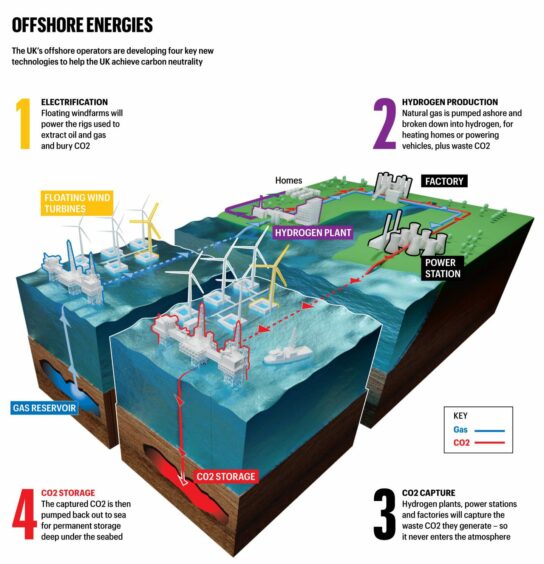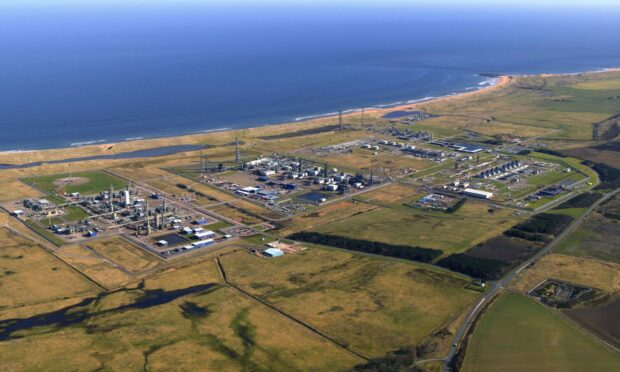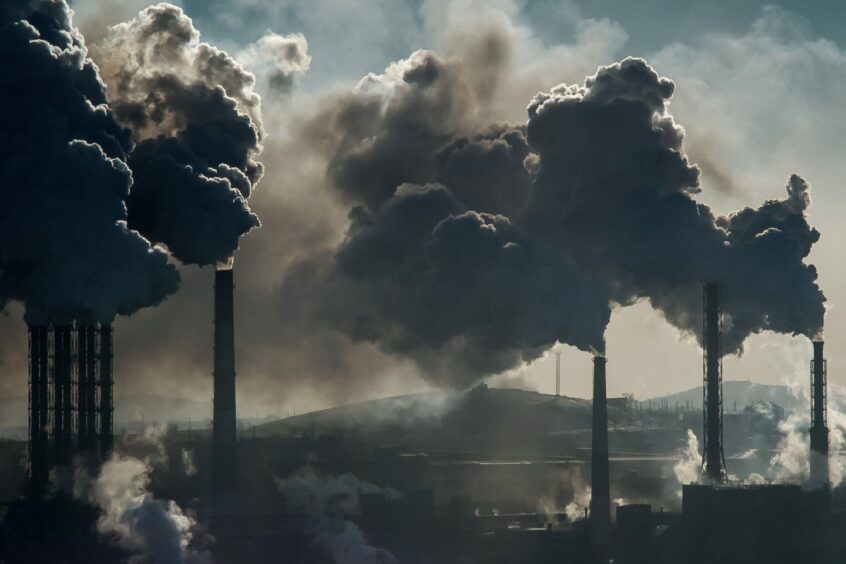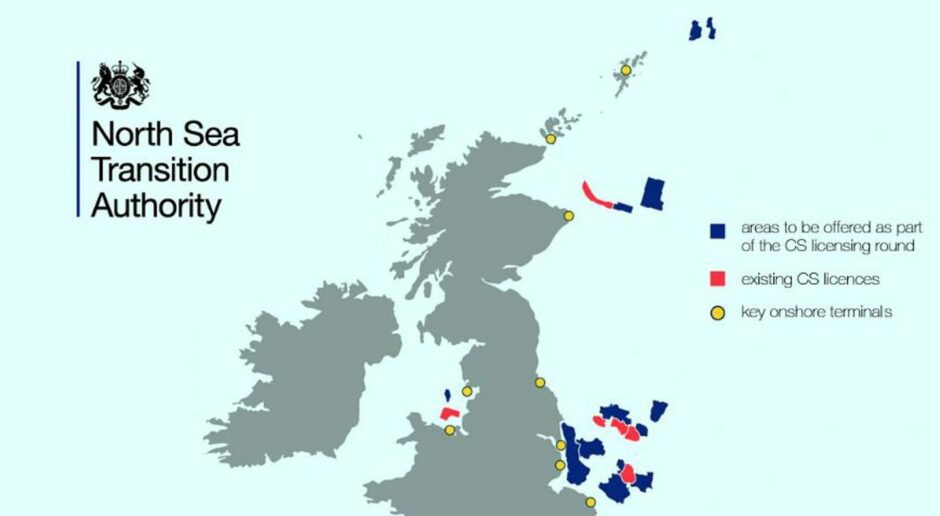A new report out today says carbon capture and storage (CCS) can deliver a huge economic boost, and create or secure thousands of green jobs across the north and north-east.
Offshore Energies UK (OEUK) names Aberdeen, Peterhead, Inverness and Shetland as potential focal points for supply chain opportunities worth £100 billion – but only if government takes “urgent action” to support the development of CCS.
Scotland’s offshore engineering and other supply chain firms are in prime position to reap the benefits of a growing CCS industry, the trade body says.
Such companies are prominent in regions with strong oil and gas links, like Aberdeen, making them “ideally placed” to become hubs for carbon emissions-busting technology, it adds.
Fast-growth sector
Although CCS technology is still in its early stages of development, it is predicted the industry could be worth about £20bn to the UK offshore supply chain within 10 years.
That figure is expected to rise to £100bn a year by 2050, the UK Government’s target date for zeroing out emissions.
CCS involves trapping carbon emissions and transporting them, either by pipeline or shipping, for permanent storage in geological formations.

The technology is widely seen as crucial for decarbonising hard to abate, energy intensive sectors, including cement and heavy industry.
Meanwhile, the government’s net-zero strategy says the UK needs to capture 50 million tonnes of carbon a year by 2035
The new report claims thousands of jobs could be created in traditional oil and gas hotspots – such as Aberdeen, Inverness and Peterhead – to support this ambition.
Government and industry must go further, faster
But it also warns the UK’s “first mover” advantage in CCS may slip away unless industry and government move swiftly to develop the technology.
The report – commissioned by the Department for Business, Energy and Industrial Strategy – flags 13 actions through which both parties can help the sector grow, including early-stage public funding and the awarding of more storage licenses.
And it calls for greater collaboration between companies on fabrication, storage and transport facilities.
Speaking on the eve of the report’s launch, OEUK supply chain and operations director Katy Heidenreich said: “Carbon capture and storage is going to be a key tool in our fight against climate change. It offers a huge opportunity for the UK supply chain to help energy intensive industries cut emissions.
“If we get this right, it could unlock £100bn-worth of work for UK manufacturing employers by 2050. This will support UK jobs, cut emissions, boost the economy and develop skills which can be exported globally.”
She added: “North-east Scotland and Shetland are among the best-placed regions to take advantage of and benefit from these exciting new technologies.
“Lots of progress has been made, but without urgent action the UK will miss out on the opportunity to secure a leadership position in this exciting new sector.
“Our report sets out how we will continue to work with government to seize a first mover advantage, benefitting the economy, jobs and local communities while achieving our net zero goals.”
Carbon storage licensing round
Industry regulator the North Sea Transition Authority recently launched the UK’s first-carbon storage licensing round.
A total of 13 areas that can securely house emissions are being offered, including several near the north-east and Shetland.
Developing CCS is also a key pillar of the North Sea Transition Deal, a pact signed between industry and government in 2021.
As part of its commitment to net-zero, Westminster later announced two industrial clusters that will be the first to be up and running. HyNet and the East Coast cluster, based in the north-west and north-east of England respectively, were given the nod.
A Scottish Cluster, including the Acorn CCS project at St Fergus, near Peterhead, was picked as reserve – a decision that sparked fury north of the border – and Westminster has yet to clarify how those plans can progress.














Conversation